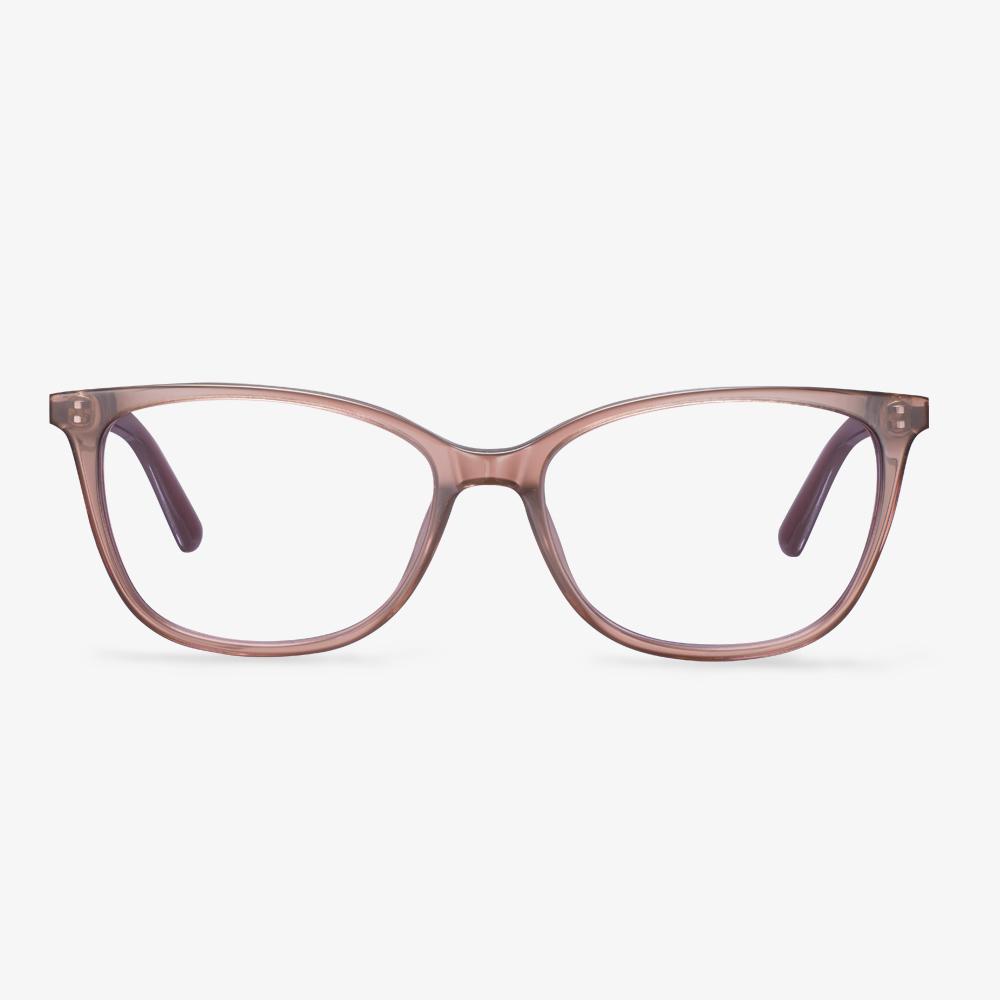Tungsten carbon glasses frame
Tungsten carbon material, one of the obvious advantages of this material is that it has good toughness and is ultra-lightweight. People will feel no pressure when wearing such glasses. It is good if you are a sportsperson who chooses it.
Clean your glasses correctly.
The dust of the lens will be washed (lightly), and then use a neutral detergent (cleaner) to clean. You can also buy professional glasses cleaning fluid, finally clean by water, and then use a professional glasses cloth to wipe. If the lens is covered with dust and particles before wiping, it is best to wash it with water and then gently dry it with a cloth.
Zeiss lenses
Carl Zeiss AG is a German company that manufactures optical systems, industrial measuring instruments, and medical equipment. The name of the company comes from one of its founders, German optician Carl Zeiss (1816-1888). It was established in Jena in 1846 by Carl Zeiss, Ernst Abbe and Otto Schott.
Zeiss resin lens guarantees up to 99.4% of the lens light transmittance. The naked eye can no longer feel whether the lens is worn or not. So far, only Zeiss, the leading optical industry, can bring such extraordinary extreme effects. Moreover, in order to ensure the good imaging quality of the lens and make the lens longer life, Zeiss also adopted a new coating design, imported from Korea. The unique professional technology is combined with nanotechnology so that they manufacture the good quality of the top lens.
Fetch Eyewear
With so many styles to choose from, trying on frames from the comfort of your home can help narrow your search for new prescription glasses. The Home Try On program makes it easy. Because all non-prescription glasses (including sunglasses and readers) are 100% returnable. The Home Try-On program will focus on customers who buy prescription glasses. Send the prescription to the appropriate email or upload it at checkout. After completing the $0.99 temporary licensing fee, your Try At Home kit is complete. This fee will be refunded to your card once they receive your kit.
Titanium alloys have low thermal elasticity
The thermal conductivity of titanium is about 1/4 of nickel, 1/5 of iron, 1/14 of aluminum, and the thermal conductivity of different titanium alloys is about 50% lower than that of titanium.
The elastic modulus of titanium alloy is about 1/2 that of steel, so its rigidity is poor and is easy to deform, and it is not suitable to make slender rods and thin wall parts. When cutting, the spring back of the processing surface is very large, about 2 ~ 3 times of stainless steel, resulting in severe friction, adhesion, and bonding wear of the knife surface.
Why are rimless glasses so expensive?
Although the overall volume of materials selected for rimless glasses is a little less, the special structure of rimless glasses requires much higher physical properties (flexibility, surface texture, etc.) and processing accuracy than TR, PEI, and other materials. Rimless glasses require higher quality lenses. For example, lens materials with a refractive index of 1.56 tend to be brittle for rimless glasses and should be chosen with caution. Generally speaking, the time of processing about three pairs of half-frame glasses is equal to the time of processing of a pair of rimless glasses.
Cellulose Acetate
Acetate is a kind of thermoplastic resin obtained by esterifying acetic acid to acetic anhydride under the action of a catalyst. Acetate is resistant to water, gasoline, mineral oil, and lipids, weak alkaline solutions, and acids, excellent weather resistance, not resistant to ethanol, strong acids, and strong alkaline solutions. During thermoforming, it is very necessary to dry the material before forming. Acetate was born in the early 20th century, and was successfully trial-produced and industrialized by the UK in the early 1920s. At present, it is the second-largest variety in cellulose fiber after viscose fiber. Acetate can be used to make textiles, cigarette filters, film bases, and plastic products.


















































